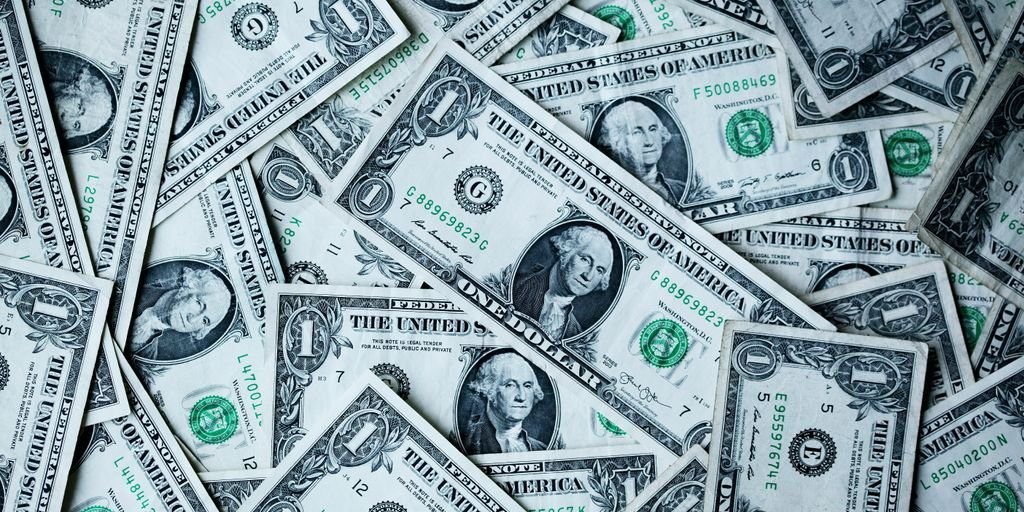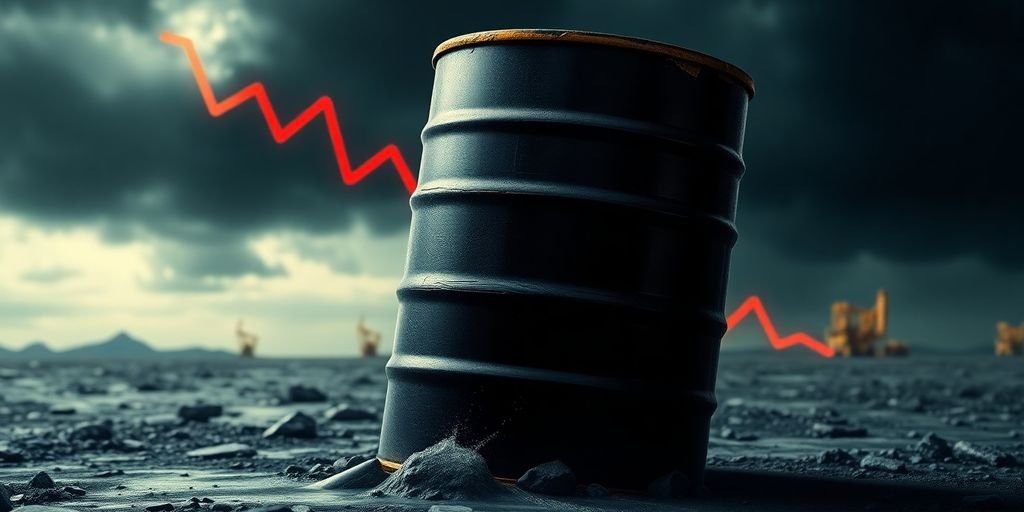Definition of Recession
A recession is a significant decline in economic activity spread across the economy, lasting more than a few months. It is typically identified by a fall in GDP, employment, industrial production, and consumer spending. Recessions are often officially declared after two consecutive quarters of negative GDP growth. These periods reflect contractions in economic dynamics, reducing the production of goods and services across sectors.
Causes of a Recession
Recessions are triggered by various factors, including financial crises, sharp declines in consumer and business confidence, and disruptions in global trade. High inflation or deflation, restrictive monetary policies, and unexpected external shocks such as pandemics or geopolitical conflicts also play a role. These elements collectively strain economic stability and result in diminished economic output.
Indicators of a Recession
Economic indicators signaling a recession include declining GDP, rising unemployment rates, and decreased retail sales. Additionally, shrinking industrial output, reduced business investment, and a downturn in consumer confidence indexes often accompany recessions. Analysts and policymakers closely monitor these metrics to identify early warning signs of economic downturns.
Impacts of a Recession on Employment
During recessions, businesses often cut back on hiring, lay off workers, and reduce wages to manage declining revenues. Unemployment rates tend to spike, with both skilled and unskilled labor markets facing adverse effects. Long-term unemployment may increase, leading to a potential erosion of workforce skills and productivity over time.
Financial Market Effects of a Recession
Recessions exert significant pressure on financial markets, leading to declining stock prices and increased volatility. Investors tend to shift their capital to safer assets such as government bonds. Banking institutions may tighten credit conditions, affecting borrowing costs for businesses and consumers. Corporate earnings are typically impacted, causing further ripples in market performance.
Recession’s Influence on Consumer Behavior
Consumer spending habits change markedly during a recession. Households prioritize essential goods and services, delaying or foregoing discretionary purchases. Savings rates may increase as consumers adopt a more cautious approach to their finances. This shift in spending patterns directly influences business revenues and broader economic recovery efforts.
Government Responses to Recessions
Governments typically implement fiscal and monetary policies to counteract recessions. These measures include stimulus packages, tax cuts, and increased public spending to stimulate demand. Central banks may lower interest rates or engage in quantitative easing to encourage borrowing and investment. Coordinated policy actions are often necessary to restore economic stability.
Business Strategies During a Recession
Businesses adopt various strategies to navigate recessions, including cost-cutting, focusing on core operations, and diversifying revenue streams. Some companies leverage economic downturns to acquire distressed assets or invest in innovation. Adapting to changing market conditions is crucial for maintaining competitiveness and ensuring long-term sustainability.
Historical Examples of Recessions
The Great Depression (1929–1939), the Dot-Com Bubble Burst (2001), and the Global Financial Crisis (2008) are notable examples of recessions. Each event had distinct causes and repercussions, shaping modern economic theories and policies. Analyzing these historical periods provides valuable insights into mitigating and recovering from future economic downturns.
Long-Term Effects of Recessions
Recessions leave lasting impacts on economies, including structural changes in industries, shifts in employment patterns, and altered consumer behaviors. Long-term consequences may include increased national debt, reduced potential GDP growth, and lasting social implications such as increased inequality. Understanding these effects helps policymakers design strategies for sustainable recovery.







